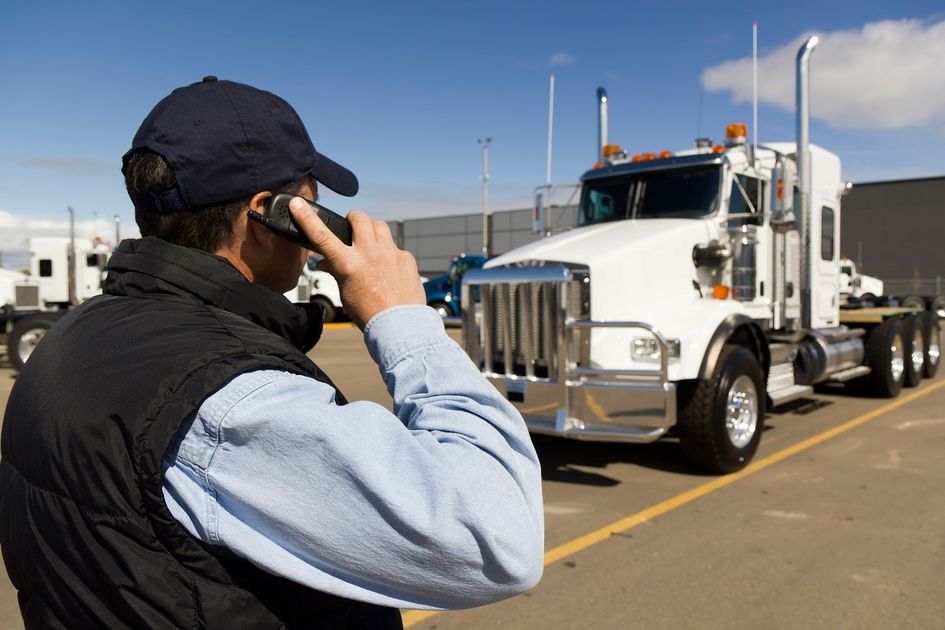In the race to meet growing delivery demands, staying ahead of the competition requires more than just efficient routes; it demands smarter operations. Companies managing box truck fleets are constantly seeking ways to reduce delays, streamline operations, and keep costs low. One of the most powerful tools they now rely on is real-time tracking. By giving box dispatchers unprecedented visibility into their fleets, this technology is reshaping how deliveries are scheduled, monitored, and completed.
The Evolving Role of a Box Dispatcher
A box truck dispatcher acts as the critical link between drivers and customers. Their primary responsibilities involve coordinating delivery schedules, ensuring efficient routing, and handling any issues that may arise during transit. Traditionally, these tasks were carried out with limited visibility into the fleet’s actual location or status, leaving much to guesswork and reactive problem-solving.
Now that real-time tracking is in place, dispatchers can perform their tasks with greater precision, reducing uncertainties and enabling proactive decision-making. Here’s how:
-
Improved Fleet Visibility: Knowing exactly where each truck is at any given moment reduces delays caused by traffic jams, vehicle breakdowns, or driver-related issues.
-
Optimized Route Management: Dispatchers can quickly adjust routes based on real-time data, ensuring that drivers avoid traffic or roadblocks.
-
Faster Response to Issues: Immediate alerts for delays or unexpected stops allow dispatchers to make quick decisions, minimizing disruption to delivery schedules.
How Real-Time Tracking Optimizes Box Truck Dispatch Operations
1. Enhanced Fleet Coordination
Real-time tracking tools offer dispatchers a bird’s-eye view of the entire fleet. This visibility enables them to monitor all ongoing deliveries, ensuring that the right truck reaches the right destination at the right time. By understanding the current location and status of each box truck, dispatchers can make split-second adjustments when necessary.
For example, if a delivery truck is running behind schedule due to traffic, a dispatcher can instantly reroute the next closest vehicle to cover a nearby stop. This level of coordination would have been almost impossible in traditional dispatching systems, where communication was limited to radio calls or check-ins at scheduled intervals.
2. Fuel and Cost Efficiency
Fuel costs are one of the largest expenses in fleet operations. Real-time tracking systems help box truck dispatchers reduce fuel consumption by ensuring that trucks take the most efficient routes. By avoiding congested areas and unnecessary stops, trucks spend less time idling and burn less fuel.
Additionally, dispatchers can track fuel usage patterns and detect inefficiencies, such as excessive idling or erratic driving habits, allowing them to coach drivers toward more fuel-efficient behaviors.
3. Improved Customer Service
In logistics, delivering on time is critical to maintaining customer satisfaction. Real-time tracking systems give dispatchers the power to provide accurate delivery time estimates to customers, update them on delays, and even offer precise tracking links so they can monitor the progress of their deliveries themselves.
Moreover, when a problem occurs such as a road accident or unexpected detour—a dispatcher can immediately inform the customer of the delay and offer an updated ETA. This level of transparency builds trust and keeps customers in the loop, improving overall service quality.
4. Better Driver Safety and Performance Monitoring
Real-time tracking doesn’t just benefit dispatchers—it also plays a key role in improving driver safety. Through GPS and telematics data, dispatchers can monitor driver behavior in real time. For instance, if a driver is speeding, making harsh stops, or swerving between lanes, these activities can be flagged, and the driver can be alerted to correct their behavior.
Dispatchers can also track compliance with driving hours and rest breaks, ensuring drivers are following legal and safety guidelines. This helps prevent driver fatigue, which is a major cause of accidents in long-haul logistics.
Table: Key Benefits of Real-Time Tracking for Driver Safety
5. Data-Driven Insights for Continuous Improvement
Real-time tracking technology provides dispatchers and fleet managers with valuable data about delivery operations. These insights can be analyzed to identify trends and areas for improvement. For example, data on delivery times, route efficiencies, and driver performance can help companies refine their dispatch strategies, cut down on inefficiencies, and allocate resources more effectively.
This data-driven approach also allows box truck dispatchers to predict future demand based on historical trends, helping them to plan for peak periods and minimize delivery delays during high-traffic times.
6. Reduced Downtime and Maintenance Costs
Maintenance issues can cause significant disruptions in delivery schedules, leading to delayed deliveries and unhappy customers. However, real-time tracking systems allow dispatchers to track vehicle health through telematics data, such as engine performance and diagnostic alerts. This enables proactive maintenance scheduling, ensuring that small issues are addressed before they become costly breakdowns.
By monitoring vehicle conditions in real-time, dispatchers can plan maintenance at times that won’t disrupt delivery schedules. This reduces costly downtime and helps extend the life of each vehicle, ultimately saving money for the business.
A Data-Driven, Automated Approach
The impact of real-time tracking on box truck dispatch operations is just the beginning. As technology continues to evolve, dispatch systems are expected to become even more automated and data-driven. Artificial intelligence (AI) and machine learning are already being integrated into some advanced dispatch platforms, allowing for predictive route optimization and automated decision-making.
In the near future, we can expect dispatchers to rely even more on AI-driven tools to anticipate road conditions, predict delivery times with greater accuracy, and even automate responses to certain delivery issues. This will further reduce the manual workload of dispatchers, allowing them to focus on more strategic tasks.
Conclusion
Real-time tracking is revolutionizing box truck dispatch operations, making the process more efficient, transparent, and data-driven. Ready to increase your profits? Tech Rig Dispatch empowers you to transform idle time into active earnings. Connect with our extensive network of trusted brokers and shippers and ensure your rigs are always on the move.
Don’t let your trucks just burn fuel and turn every trip into a profit-generating opportunity. Join us today and drive your success!
